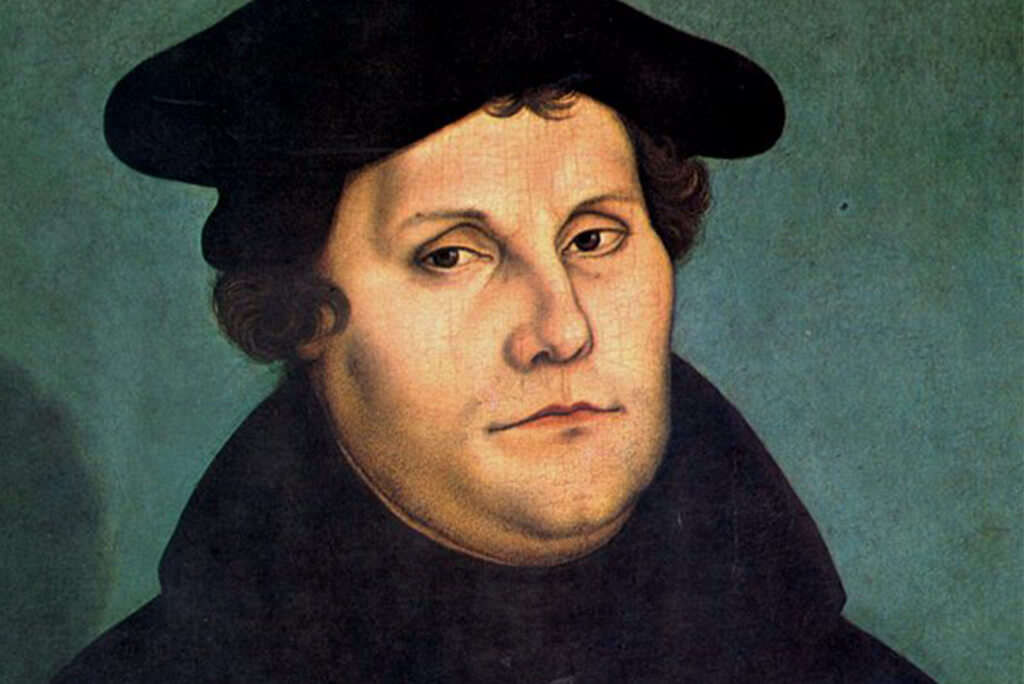by Matthew C. Harrison
The mission of the church is this: to proclaim the Gospel of free forgiveness of sin by the life, death and resurrection of Jesus. This free forgiveness would not be possible without Christ’s incarnation, His taking on our flesh (John 1:14); His fulfillment of the righteous requirements of the Law in our place (Rom. 5:19; Gal. 4:4–5); His suffering for the sins of the world as a ransom for condemned humanity (Isaiah 53:4–7; 1 Tim. 2:6), as a substitute for us. “For our sake He made Him to be sin who knew no sin, so that in Him we might become the righteousness of God” (2 Cor. 5:21). “[Christ] was delivered up for our trespasses and raised for our justification” (Rom. 4:25).
There is indeed a justification, a divine acquittal from sin and its consequences, which occurs “through faith” and “not [as] a result of works, so that no one may boast” (Eph. 2:8–9). Scripture makes it clear that this justification is an objective fact, a forgiveness and reconciliation that is completed, achieved by Christ 2,000 years ago. “In Christ God was reconciling the world to Himself, not counting their trespasses against them” (2 Cor. 5:19). “He is the propitiation [atoning sacrifice] for our sins, and not for ours only but also for the sins of the whole world” (1 John 2:2). “[He] gave Himself as a ransom for all” (1 Tim. 2:6). “Christ redeemed us [bought us back] from the curse of the law by becoming a curse for us” (Gal. 3:13). The price is paid. Indeed, the judgment is rendered, the price paid and the debt forgiven. But how does this objective fact, this forgiveness won over two millennia ago, come to us today?
Christ delivers His forgiveness to us by words. Words and water. Words and bread and wine. The account of every sinner is filled with a fortune, whether we realize it or not. Faith alone unlocks it, receives it, grabs it. How does such faith come? “Faith comes from hearing, and hearing through the word of Christ” (Rom. 10:17).
But “how are they to hear without someone preaching?” (Rom. 10:14). So the church trains, calls and sends preachers. That’s what Jesus did: “Go therefore and make disciples of all nations” (Matt. 28:19); “But you will receive power when the Holy Spirit has come upon you, and you will be My witnesses in Jerusalem and in all Judea and Samaria, and to the end of the earth” (Acts 1:8). It’s what the Early Church did: “Then after fasting and praying they laid their hands on them and sent them off” (Acts 13:3). And it’s what we do today, through our LCMS seminaries and call process, including missionary calls issued by the LCMS Board for International Mission.
But the mission wasn’t and isn’t the sole responsibility of those “called and sent” clergy. Jesus’ Matthew 28:19 call was directed to the church. The Twelve were the apostolic missionaries (clergy) and, at the same time, the church. We see the lay mission service at the end of Paul’s Epistles through his references to various lay men and women who were so helpful to him and so beloved by him for it. And this is not surprising, given the Gospels’ recognition of such people in Jesus’ life, like the woman at the well: “So the woman left her water jar and went away into town and said to the people, ‘Come, see a man who told me all that I ever did. Can this be the Christ?’ They went out of the town and were coming to Him. … Many Samaritans from that town believed in Him because of the woman’s testimony” (John 4:28–30, 39).
But the task of mission does not end with the proclamation, “Repent! Believe the Gospel!” (Acts 2:14ff; Mark 1:15). Really, that proclamation is just the beginning. The Gospel creates faith and gathers believers. The church is born in such a place. We know what the church looks like: “And they devoted themselves to the apostles’ teaching and the fellowship [the word here is koinonia, which includes acts of mercy to the needy], to the breaking of bread [Lord’s Supper] and the prayers” (Acts 2:42). Note, “the prayers.” It wasn’t a wild free for all. The church from the beginning followed an ordered liturgical pattern of prayer (“All things should be done decently and in order” [1 Cor. 14:40], see also 1 Cor. 11–12).
So, the mission of the Gospel leads to churches. Lutheran mission leads to Lutheran churches. The order of the first articles of our Augsburg Confession is very informative here. This is the shape of mission:
Article 1 — God is Father, Son and Spirit. We confess the ancient creeds because they are true and biblical.
Article 2 — Man is a sinner and needs a Savior.
Article 3 — Christ the God-Man is our Savior, by His bloody substitutionary sacrifice and glorious resurrection.
Article 4 — The sinner is justified, reckoned righteous by grace, freely, through faith in Jesus Christ. “God counts this faith for righteousness” (AC IV 3). This fundamental fact and reality drives mission!
Article 5 — “So that we may obtain this faith, the ministry of teaching the Gospel and administering the Sacraments was instituted” (AC V 1).
Article 6 — Such faith will produce good works, like the woman at the well telling others about Jesus. Believers in Jesus have the compassion of Jesus! (See 1 John 3:16–17.)
Articles 7–8 — The Gospel creates a community of believers called the church. It is recognized by the pure preaching of the Gospel and the right administration of the Sacraments.
Articles 9–10 — Baptism and the Lord’s Supper. Believers from the get-go are taught the Gospel, gather for preaching, are baptized, are prepared for — and then receive — the Sacrament.
God grant this mission to flourish among us, at home and abroad!
–Pastor Harrison

Photo Credit: The Rev. Isaac Machado (left), and the Rev. Alisson Henn, LCMS alliance missionaries serving with the Spanish Evangelical Lutheran Church (IELE), preside over worship on Sunday, April 13, 2025, at a home in Magán, Spain. LCMS Communications/Erik M. Lunsford




